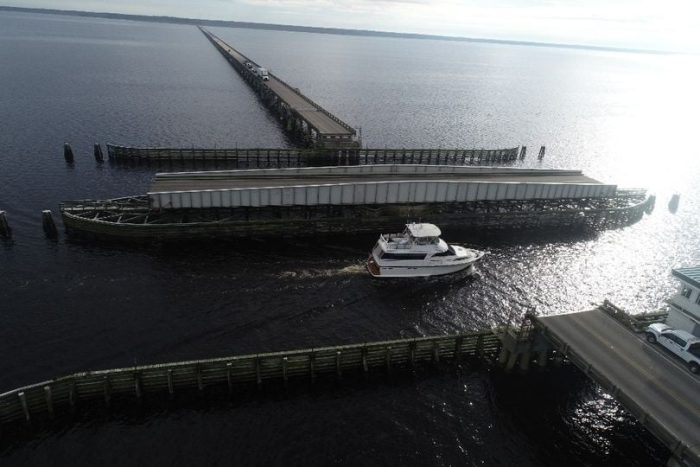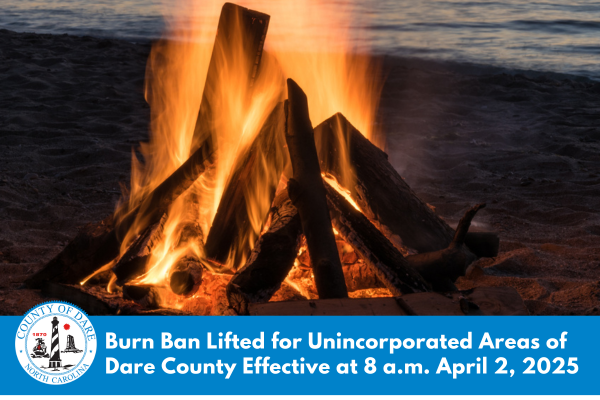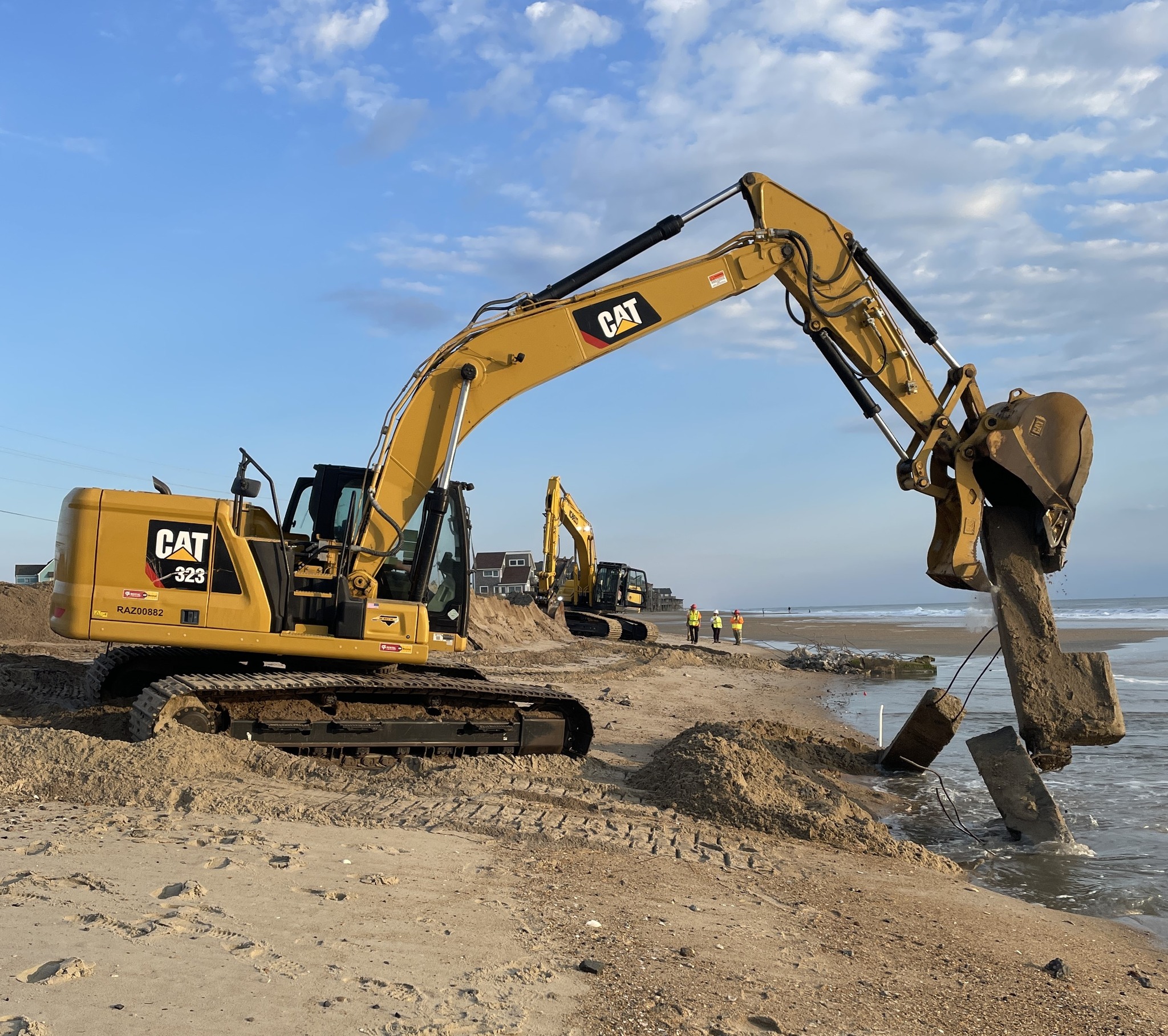Test pilings for replacement Alligator River bridge completed
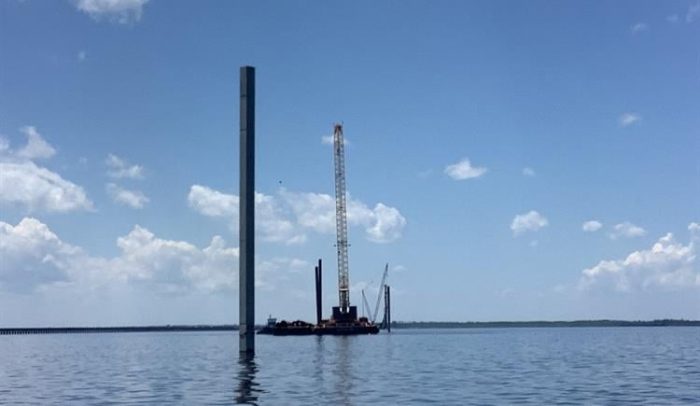
Contractors have completed the installation of eleven test pilings into the bottom of the Alligator River that are the first step in the replacement of the U.S. 64 bridge between Dare and Tyrrell counties which could start by the end of this year.
Problems with the draw span of the 64-year-old Lindsay C. Warren Bridge continue to be an ongoing issue, including most recently on Sunday when an electrical problem cropped up that stopped vehicular traffic for over an hour, and prevented the draw from opening for boats for several more hours.
The bridge has been a constant headache for travelers and the N.C. Department of Transportation, even after replacement of mechanical and electric systems during extensive renovations in the 2010s.
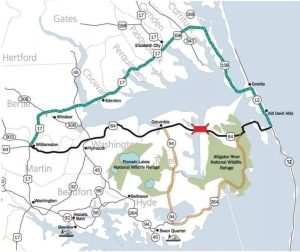
More than 4,000 boats pass through the bridge every year while traversing the Intracoastal Waterway, forcing vehicle traffic to stop while the swing-span opens and closes.
When the bridge malfunctions for extended periods of time, drivers must travel detours that are over 100 miles long, either along U.S. 264 through Hyde County or U.S. 158 and U.S. 17 through Elizabeth City.
The new Alligator River bridge will be a 3.2-mile-long, two-lane, fixed-span, high-rise bridge with 12-foot travel lanes and 8-foot shoulders, and cross the river at a new location just north of the current bridge.
A $110 million federal Multimodal Project Discretionary Grant was awarded last year from the U.S. Department of Transportation to help pay for the replacement which will cost an estimated $286 million.
NCDOT applied for the federal grant in May 2022. It named its application STERLING (Strengthening Transportation Evacuation Resilient Lifeline by Improving the Network’s Grid) in memory of former Division 1 Engineer Sterling Baker, who passed away a month earlier.
The grant came from the $108 billion federal Bipartisan Infrastructure Law approved in 2021.
Plans have been formulated for years to build a fixed-span bridge over the Alligator River.
It was originally going to be a new four-lane span, and would have been the final piece of a complete four-lane highway between Raleigh and the Outer Banks.
It was paired down to a two-lane span because of a shift in how state highway funding is distributed in 2016, along with environmental concerns over widening U.S. 64 between Manns Harbor and Columbia.
The concrete test pilings for the new bridge were driven at various depths into the riverbed to help engineers learn about soil layers and depths and soil consistency.
“The soil samples and field data we collected during the test pile project will help us make revisions that determine the final construction design of the bridge structure”, said N.C. Department of Transportation Resident Engineer Pablo Hernandez.
The test piles will be removed once the bridge construction project is underway, according to an NCDOT release.
